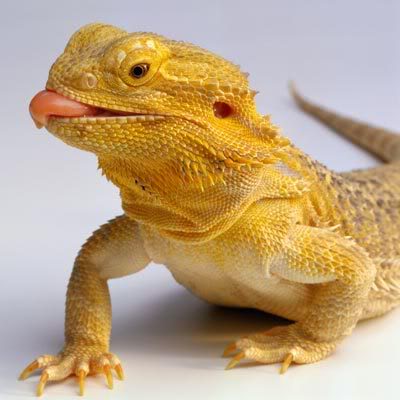Baby Citrus Leatherback Bearded Dragon: Your Ultimate Guide to Caring for this Adorable Pet
Introduction
Are you looking for a new pet that is unique, easy to care for and downright adorable? Look no further than the baby citrus leatherback bearded dragon. These colorful and friendly reptiles make great pets for beginners and experienced reptile owners alike. In this guide, we’ll cover everything you need to know to give your baby bearded dragon the best possible care.
What is a Baby Citrus Leatherback Bearded Dragon?
The bearded dragon is a popular pet reptile for a reason. As babies, they are extra cute with their small size and big eyes. The citrus leatherback morph is a specific type of bearded dragon that looks extra unique, with a bright orange and yellow coloration with no black markings. Their scales are also smooth and shiny, giving them the appearance of leather.

Housing
When it comes to housing your baby bearded dragon, there are a few key things to keep in mind. First, you’ll need a tank that is at least 20 gallons in size. You can either purchase a glass or plastic tank or build your own using materials like PVC or melamine. Whatever you choose, make sure the tank is well-ventilated and secure so your bearded dragon can’t escape.
Inside the tank, you’ll need to provide substrate for your bearded dragon to rest on. Avoid using sand or gravel, which can cause impaction if ingested. Instead, opt for reptile carpet or ceramic tiles. You’ll also need to provide a basking spot with a heat source, as well as a cooler area for your bearded dragon to retreat to. Lighting is also important - your bearded dragon needs UVB light to process calcium and stay healthy.

Feeding
Baby bearded dragons need a balanced diet of insects and vegetables. As babies, they should be fed a few times a day, with insects making up the majority of their diet. Good options include crickets, mealworms, and dubia roaches. You can also feed small amounts of vegetables like kale, collard greens or squash. As your bearded dragon grows, you can adjust the amount and frequency of their meals accordingly.
Handling and Care
One of the best things about baby bearded dragons is their friendly and curious nature. They don’t mind being handled and actually enjoy the interaction with their owners. However, it’s important to handle them properly so as not to injure them. Always support their entire body when picking them up and avoid grabbing them by the tail.
Bearded dragons are also relatively easy to care for. Keep their tank clean and their food and water fresh, and they should thrive. Be aware that they can live up to 15 years, so be prepared for a long-term commitment.
Conclusion
Caring for a baby citrus leatherback bearded dragon is a rewarding experience. These adorable reptiles are easy to care for and make great pets for beginners. Follow the tips in this guide, and you’ll be well on your way to providing a happy and healthy life for your new pet.
